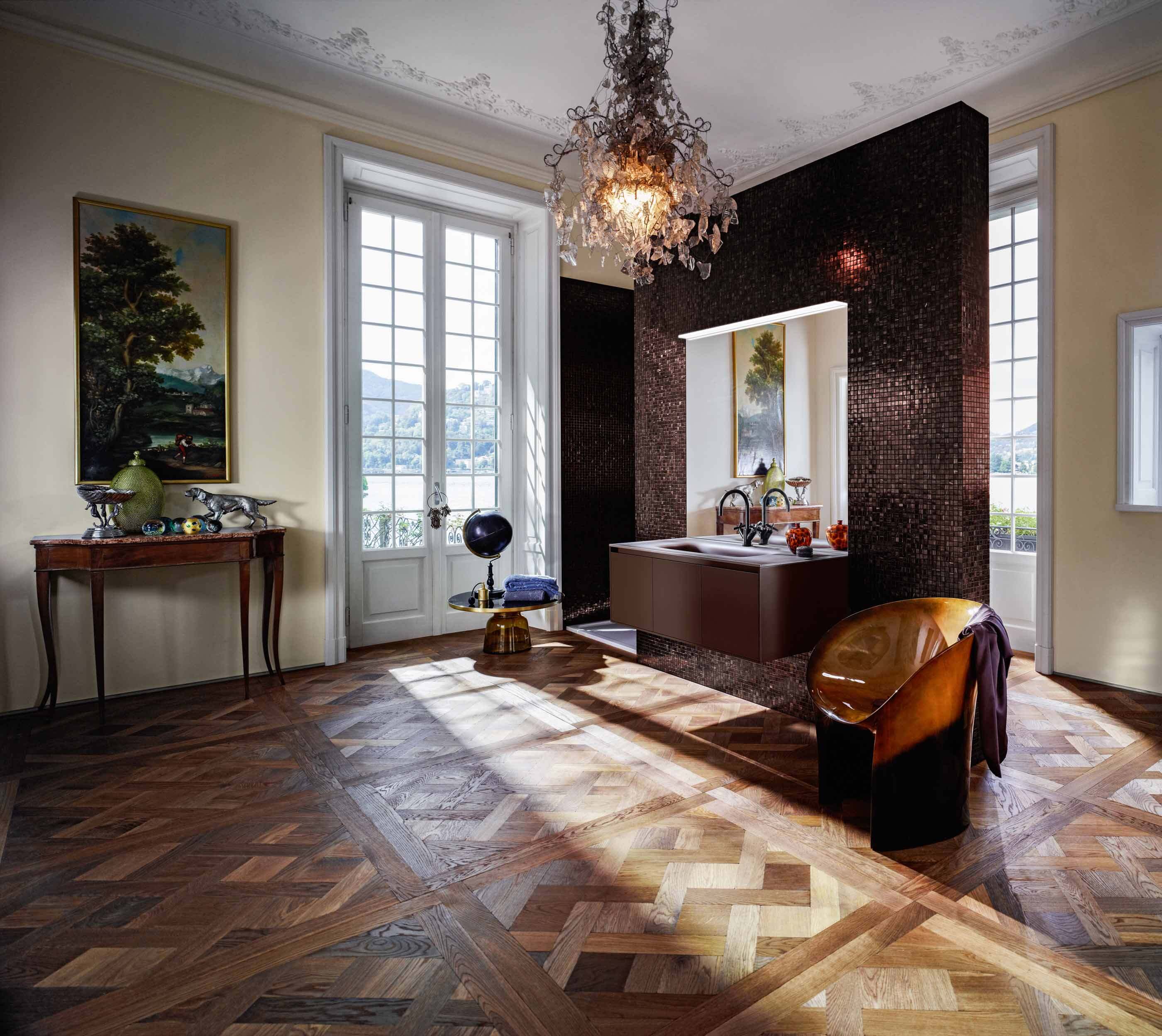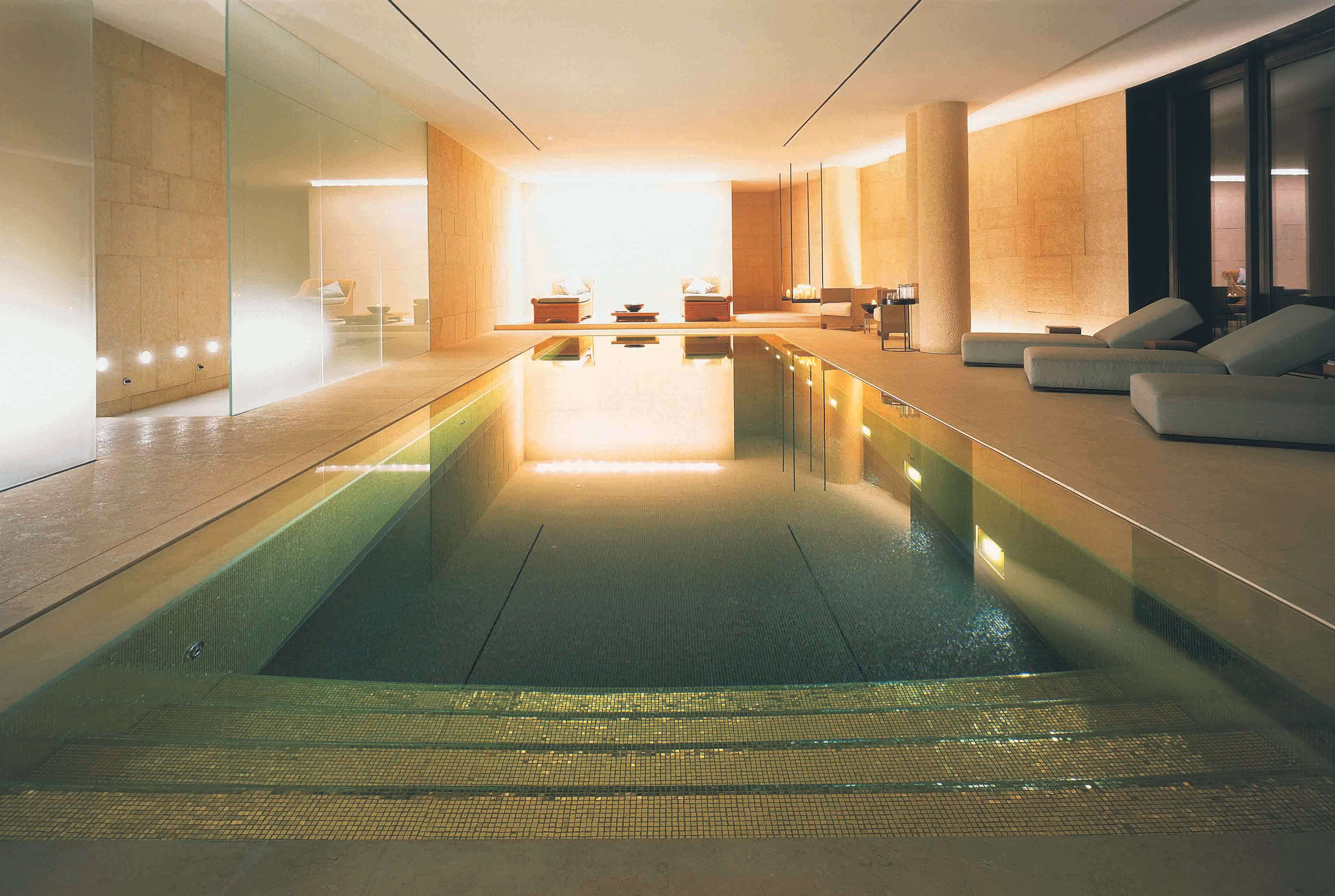THE MOSAIC : ONE OF THE OLDEST TECHNIQUES OF ITALIAN ART. Few materials pass through the centuries, renewing and modernizing, while remaining faithful to their origins.
Historical Background
The Middle Ages were glorious and popular times for the art of mosaic. Colored tiles covered Christian churches, expressing the deep sense of spirituality of the times. Rome, Aquila, Ravenna, Byzantium are all famous sites where mosaic became a unique language of light, creating an atmosphere that transcended the faithfuls to a higher reality, to a world of the spirit. Mosaic was the perfect expression of the mystical character of Byzantine aesthetics.
Mosaic disappeared and reappeared from the art and design scene many times through history, following artistic, religious, political and economic forces of each era. Nowadays, it is a very popular, established and vibrant craft.
The Technique
Mosaic is an ancient artistic technique, based on multi-colored fragments of various materials, such as stone, colored glass, venetian enamel, gold-leaf tile, quartz and granite sinters, put together to decorate an architectural surface or to form an image.
The tiles that compose the design are roughly square-shaped and have a surface of 2 to 10 cm.
The base where the tiles are placed goes through a long preparation process: a first layer called ‘arriccio’ is applied, made of lime, sand and water. Several layers of a mixture of powdered marble, slaked lime and pozzolan are then added on top, until the tile reaches a 3 to 7 centimeters thickness. The tiles are then applied manually to the final base to create the desired pattern or image.
Contemporary Mosaics
Mosaic truly came back to life in the 20th Century. Some of the greatest artists and architects of the times such as Klimt and Gaudi made it a central element of their work.
Italian artists Mario Sironi and Gino Severini were the first ones to modernize the artistic technique: They started shaking the authority of the Byzantine tradition by revisiting the technique at theoretical level, and by insisting on the need to draw on tradition whilst adapting it to contemporary tastes.
Over the course of the 20th Century, mosaic was extensively used by a wide variety of artists such as Depero, Fontana, Guttuso, Vedova, Licata, Pomodoro, Chagall, Braque, Kokoschka, Balthus or Niki De Saint-Phalle.
Today, mosaic is characterized by innovation, driven by a constant search for cutting-edge technologies and new materials. Rooted in tradition, combining values of design with the charm of artisan handcraft, mosaic is the ideal art form to create contemporary design work and to develop new decorative ideas.
Works featuring this technique


